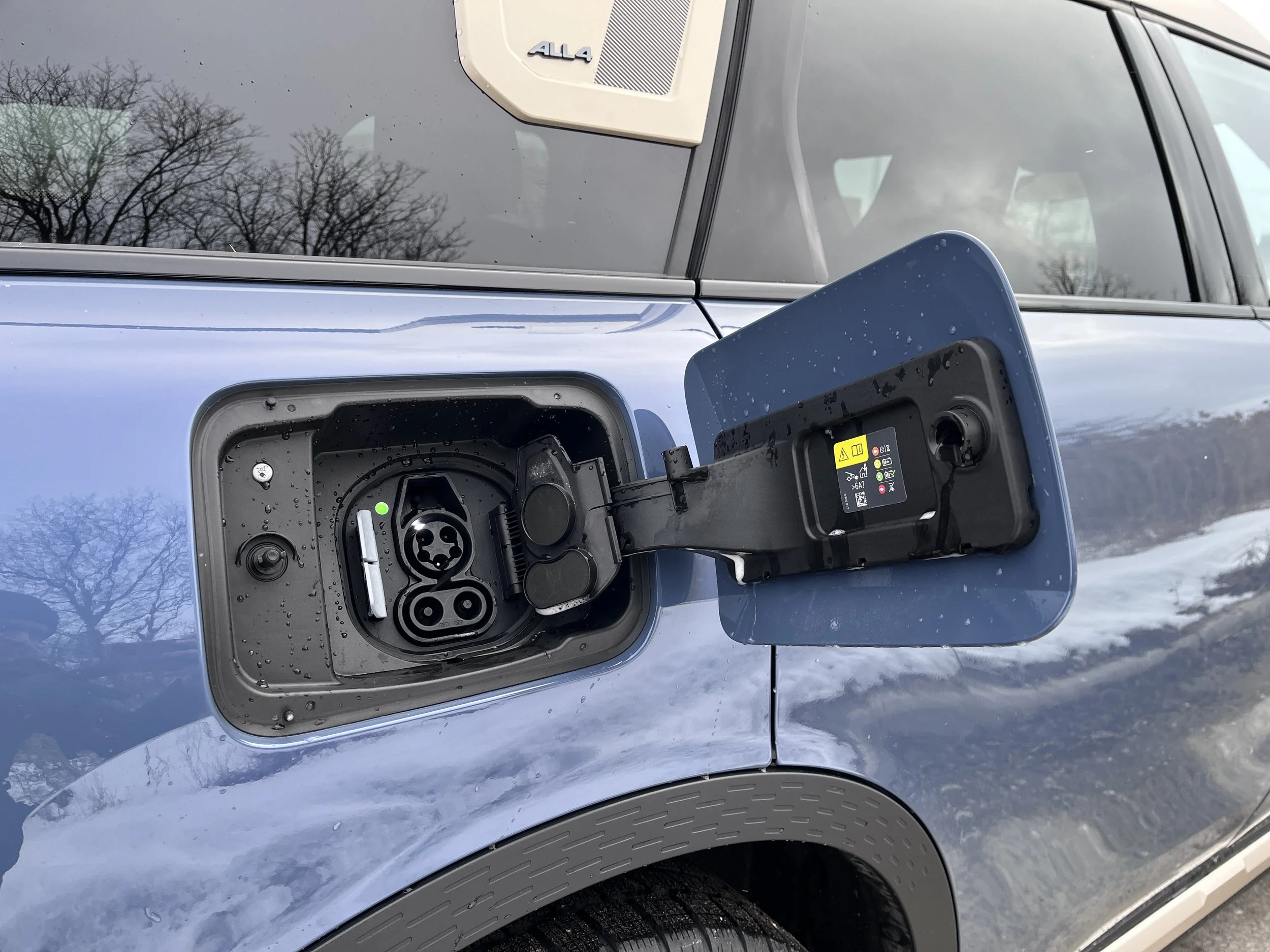Modern Motoring - 2016 Hyundai Sonata Hybrid
/by Jay Kana
Gas prices have been heading lower over 2015 and that brings some relief to drivers across the country who see themselves saving some cash at the pump. For the vast majority of us driving fuel based cars (this doesn't apply to the Tesla and electric car crowd), it’s been a decent year compared to the last couple.
Hybrid cars have been saluted and slighted, depending on who you talk to. Common refrains include:
- The battery pack often takes up a large amount of trunk space, but the mileage is impressive
- There’s not enough power in hybrids, but you’re not buying a hybrid for its power, you’re buying it for sensibility
- The battery will die, but it’s easily replaceable after several years
Whatever side of the fence you’re on, hybrid vehicles are here to stay, and the more advanced hybrid technology gets, the more impressive the vehicles become. Case in point, the 2016 Hyundai Sonata Hybrid, which is one of the better hybrids I’ve driven lately.
All 2016 Sonata Hybrids come with a respectable 193 horsepower (154 and 140 lb.ft of torque from the gasoline motor and 51 with 151 lb.ft of torque from the 38 kW electric motor) and after a week of highway and city driving, I can say with certainty that there’s ample power for this mid-sized sedan.
I spent most of the week in “Eco” mode, which saw me hit 5.7 L/100 km during my over 500 km test week. “Sport” mode is there for those who want a bit more power and responsiveness from the 2.0 L, 4 cylinder engine via a 6-speed auto gearbox. And there’s good ol’ “Normal” mode for those who want a bit of both.
On its 60 litre tank of regular fuel, that puts you close to 1,000 km on a single tank (because you don’t want to run out of gas trying to hit the 1,000 km mark).
Realistically, I’d put it closer to 800-900 km on a full tank once you mix in the city congestion, rush hour traffic, added weight in the car, etc. Even still, that figure is impressive.
The Sonata Hybrid is rated at a measly 6.0 city and 5.5 highway for L/100 km and as long as you’re not racing to red lights and jumping off from a standstill like a jackrabbit, chances are you’ll hover in that range. What’s impressive is that it retains the feel of the gasoline Sonata (which I also quite liked) but with a much smaller carbon footprint.
"But Jay, come on, the battery pack monopolizes trunk space!"
Well, yes and no. It can monopolize trunk space…in this case, not so much.
The smart folks at Hyundai have stored the battery beneath the trunk floor, allowing for a flat trunk floor and the ever-popular 60/40 folding rear seats while giving it 380 litres of cargo space, which is class leading.
So Hyundai’s given us a great looking vehicle that still has plenty of storage space, is miserly on fuel, has nearly 200 horsepower and that’s only part of the good stuff.
Building upon that, the base model, which is less than $30K, comes jammed full of great features, including:
- Blind Spot Detection
- Rear Cross-Traffic Alerts
- Lane Change Assist
- Heated Front Seats
- Heated Steering Wheel (How Canadian!)
- Proximity Keyless Entry
- Rear View Camera
- 5.0 infotainment touchscreen
- 16 inch wheels
- LED Tail and Daytime Running Lights
My Limited tester saw additions consisting of an 8 inch infotainment touchscreen, 17 inch wheels, 7 speaker audio system and heated rear seats, along with other upgrades.
There’s an Ultimate trim which builds on the Limited model with more fun stuff inside and out, such as a 9 speaker system, adaptive cruise control and rear parking sensors.
The dashboard shows you how much engine power you’re using with a 0-100 % meter that increases the heavier your right foot is. It’s a good indicator of how your driving dynamics are affecting your mileage. There’s also a screen in the centre console that shows fuel economy, your ECO driving rating and the energy flow (either from the engine or battery).
I was impressed that you can get the car up to 120 km/h and have it run on battery power. Now that’s on a flat surface, mind you…but still something to write (or drive) home about.
Driving power back to the battery is done while you’re coasting or braking, via regenerative power.
There’s really not much I can complain about with the Sonata Hybrid. If I’m being picky, I’d like to see the 9-speaker, 400 watt Infinity Premium Audio system in the Limited trim, along with rear heated seats in all 3 trim levels. Also, since auto manufacturers have a plethora of safety features, make them standard fare on all Sonata Hybrid (and non-hybrid) offerings please. I know, I know, I’m stretching it but those are my thoughts.
Overall, this is a great machine that feels good, looks good and can most likely take you round trip from Toronto to Ottawa (or anything else close to 1,000 km) on a single tank. The engineers at Hyundai didn’t just churn out another hybrid; they made sure that the car had some pep, a well-built and comfortable interior, plenty of standard safety features and was easy to admire.
With pricing ranging from $29,649 for the base model to $37,499 for the Ultimate trim, there’s a strong amount of value for the money in the Sonata Hybrid. If you’re in the market for a hybrid vehicle with long mileage, this should definitely be on your short list.



















